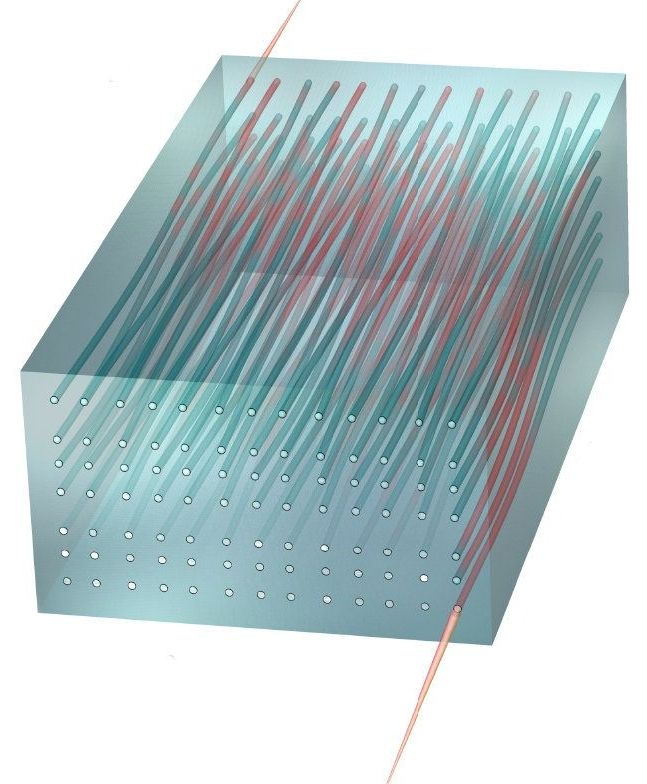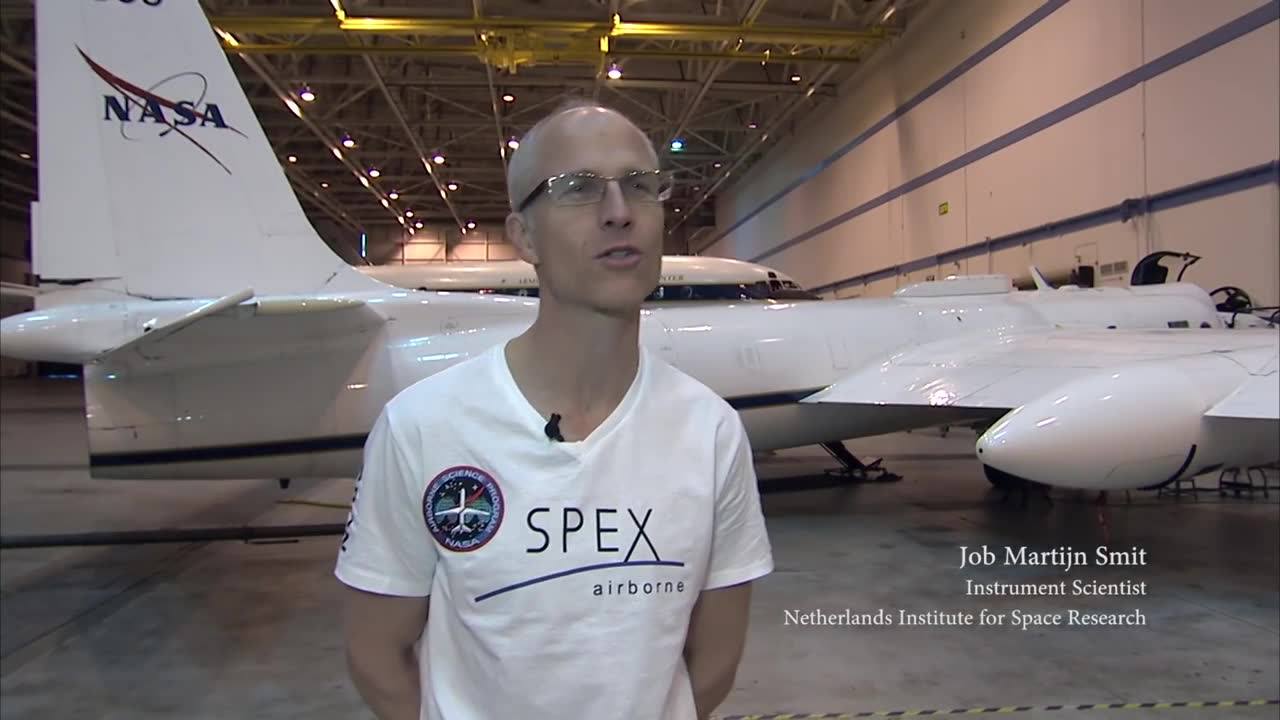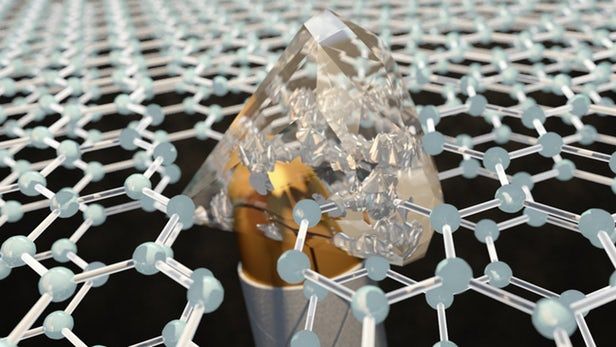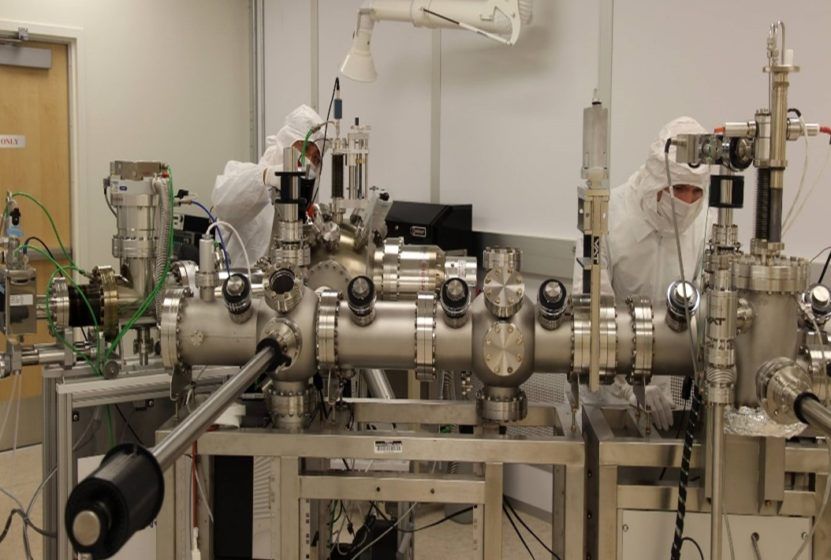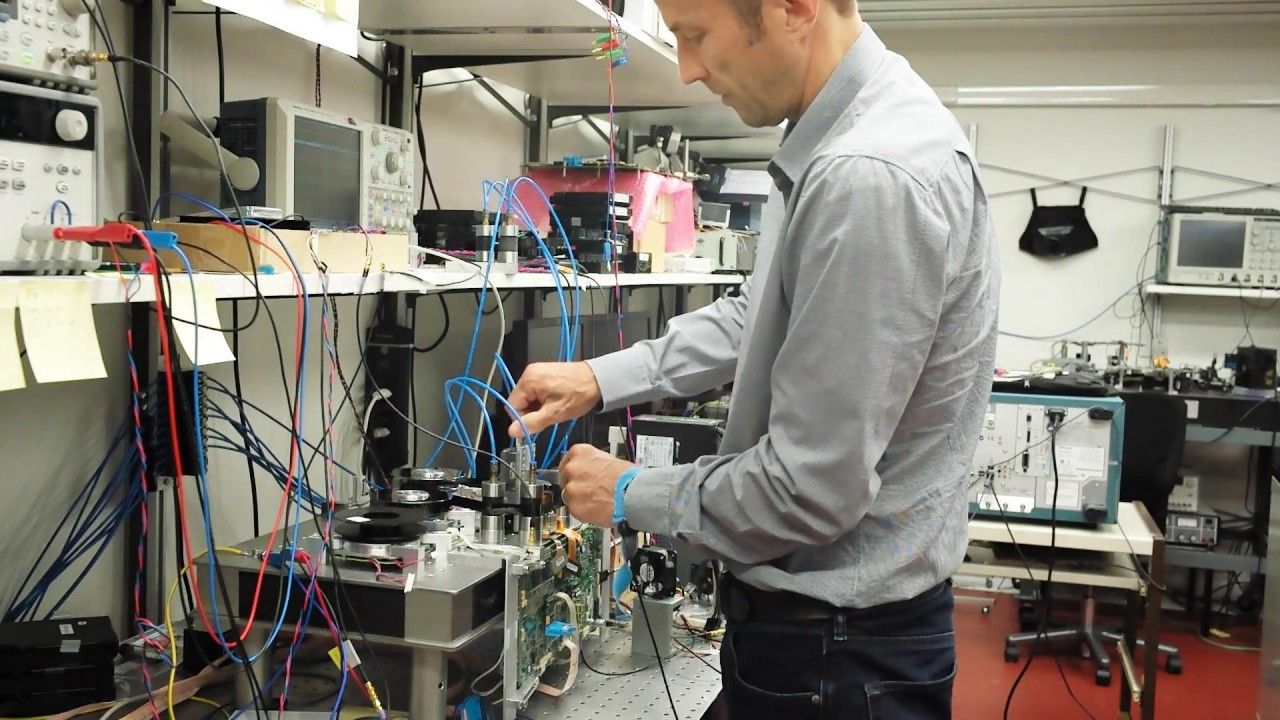To the best of our knowledge, we humans can only experience this world in three spatial dimensions (plus one time dimension): up and down, left and right, and forward and backward. But in two physics labs, scientists have found a way to represent a fourth spatial dimension.
This isn’t a fourth dimension that you can disappear into or anything like that. Instead, two teams of physicists engineered special two-dimensional setups, one with ultra-cold atoms and another with light particles. Both cases demonstrated different but complementary outcomes that looked the same as something called the “quantum Hall effect” occurring in four dimensions. These experiments could have important implications to fundamental science, or even allow engineers to access higher-dimension physics in our lower-dimension world.
“Physically, we don’t have a 4D spatial system, but we can access 4D quantum Hall physics using this lower-dimensional system because the higher-dimensional system is coded in the complexity of the structure,” Mikael Rechtsman, professor at Penn State University behind one of the papers, told Gizmodo. “Maybe we can come up with new physics in the higher dimension and then design devices that take advantage the higher-dimensional physics in lower dimensions.”

